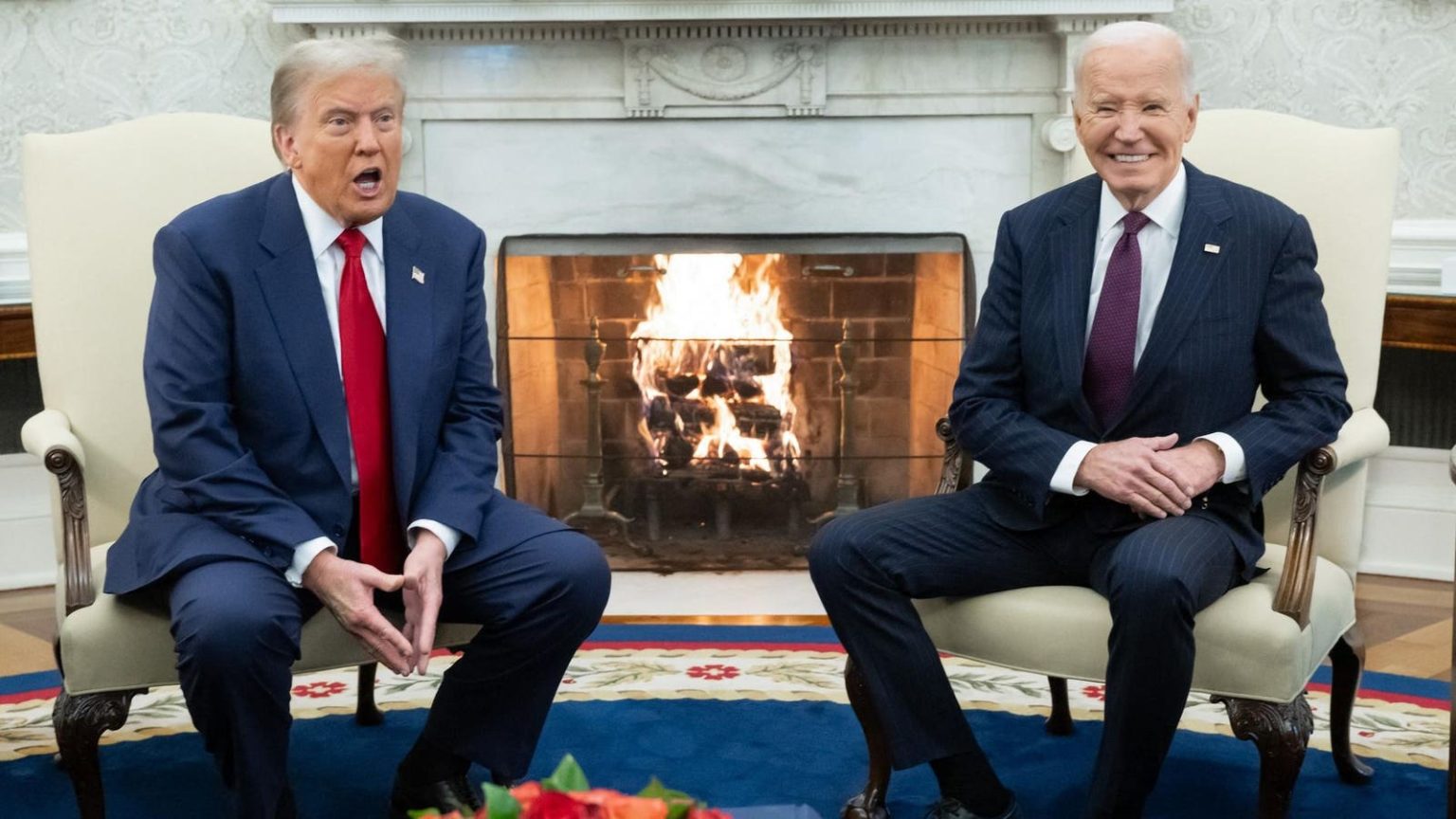The Tumultuous State of Student Loan Forgiveness: A Retrospective on the Biden Administration and a Look Ahead
The Biden administration’s tenure witnessed a significant reshaping of the federal student loan landscape, marked by both unprecedented forgiveness initiatives and persistent legal and political challenges. While millions of borrowers celebrated the erasure of their student debt through programs like Public Service Loan Forgiveness (PSLF), others found themselves trapped in a state of uncertainty, facing potential payment increases and the looming threat of program reversals as a new administration prepares to take office. This period of transition has left borrowers grappling with a complex and ever-shifting system, raising concerns about the future of student loan relief.
One of the Biden administration’s most notable achievements was the revitalization of the PSLF program. Designed to forgive the debt of public servants after a decade of qualifying employment, PSLF had been plagued by bureaucratic hurdles and low approval rates. Through executive actions and regulatory reforms, the Biden administration streamlined the process, resulting in over a million borrowers receiving forgiveness, a stark contrast to the meager numbers approved prior to his presidency. This success, however, is now overshadowed by political uncertainty. With Republicans regaining control, the future of PSLF hangs in the balance, with calls for its repeal echoing through the halls of Congress. While a previous attempt during the first Trump administration failed to gain traction, the current political climate raises concerns about the program’s long-term viability.
In contrast to the PSLF success story, other student debt relief initiatives faced significant roadblocks. The Saving on a Valuable Education (SAVE) plan, initially lauded as the most affordable income-driven repayment (IDR) plan ever, became entangled in legal battles. A court injunction halted its implementation, leaving millions of borrowers in forbearance and stalling their progress toward forgiveness. The Biden administration attempted to mitigate the impact by reopening older IDR plans, such as Pay As You Earn (PAYE) and Income-Contingent Repayment (ICR), offering borrowers alternative pathways to forgiveness. However, the legal challenges surrounding SAVE continue to cast a shadow over these plans, blocking the ultimate forgiveness benefit after the designated repayment period.
Further adding to the complexity, the Biden administration was forced to abandon two other ambitious forgiveness programs. "Plan B," designed as a fallback after the Supreme Court struck down his initial widespread forgiveness proposal, aimed to provide relief to borrowers with interest-inflated balances and long repayment histories. A separate initiative sought to offer hardship-based forgiveness. Both programs, however, faced legal challenges and the impending change in administration. To avoid unfavorable legal precedents and prevent potential manipulation by the incoming administration, the Biden administration withdrew these proposals, effectively ending any hope for their implementation.
The ongoing overhaul of the federal student loan system further complicates matters. The Department of Education temporarily suspended processing for the Total and Permanent Disability (TPD) Discharge program, which provides relief to borrowers with disabling medical conditions. This pause is part of a larger effort to consolidate loan forgiveness programs under a single online portal, StudentAid.gov. While the transition aims to streamline the process in the long run, it creates short-term delays, leaving eligible borrowers in limbo as they await the completion of the system overhaul.
As Republicans prepare to assume full control of the government, the fate of student loan forgiveness programs remains uncertain. The budget reconciliation process, which allows for bypassing the Senate filibuster, becomes a focal point for potential legislative changes. Republican lawmakers are exploring various proposals, including eliminating time-based forgiveness under IDR plans and replacing it with a system tied to repayment amounts. Further proposals include scaling back existing forgiveness programs and restricting the Department of Education’s authority to enact future relief initiatives. Some even advocate for the department’s complete abolishment. The ultimate outcome of these proposals remains speculative, but their presence underscores the precarious position of student loan forgiveness programs in the current political landscape.
The trajectory of student loan forgiveness under the incoming administration is far from clear. While the Biden administration achieved notable successes in expanding access to forgiveness, particularly through PSLF, these gains are now threatened by political opposition and legal challenges. Borrowers face a complex and uncertain future, navigating a system in flux. The ongoing debate surrounding IDR plans, the withdrawal of proposed forgiveness initiatives, and the potential for legislative changes under the new administration all contribute to a sense of unease and unpredictability for millions burdened by student loan debt. The coming months will be crucial in determining the long-term fate of student loan forgiveness and its impact on borrowers across the nation.

